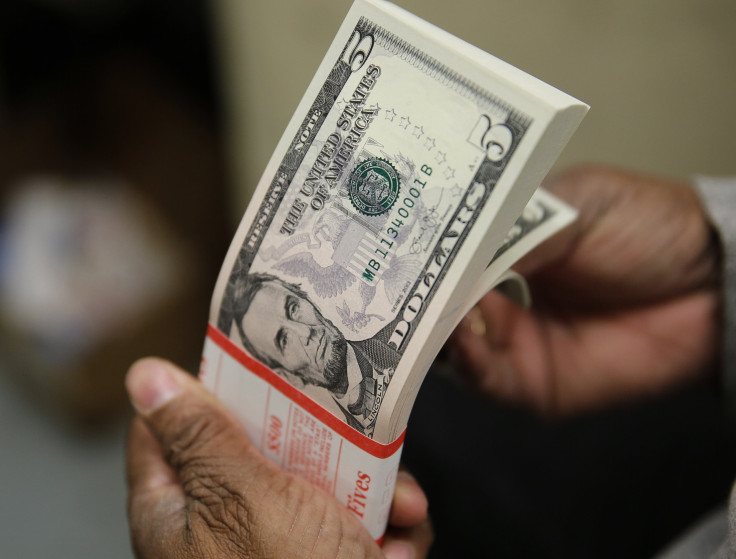Dollar Value 2016: US Currency Surges To 9-Month High Against Yen On OPEC Deal

The dollar has soared to a value against the yen not seen since February in the aftermath of the Organization of Petroleum Exporting Countries’ (OPEC) agreement to cut its oil supply. It peaked at 114.76 yen in the after-hours trading Wednesday before lingering around 114.20.
The surge in the U.S. currency’s value followed a similar uptick in the share prices of American energy industry behemoths, as well as growing global demand for Treasury bonds, whose higher interest rates reflected increased expectations for rising inflation.
The last time the dollar-yen exchange rate reached that level, the American currency was sliding from a peak of more than 121 yen on Feb. 1.
OPEC’s move — a production cut of 1.2 million barrels per day (bpd), or 4 percent of its current output, to 32.5 million bpd — sent crude oil futures to five-week highs. Brent crude, an international benchmark, soared past $52 per barrel early Thursday morning.
The commodity’s price hike was good news for the U.S., a net oil exporter by nearly 2 million bpd, where major producers like Chevron Corp. (CVX) and Exxon Mobil Corp. (XOM) have cut back capital and exploration spending as the commodity’s dropping price over the past couple of years has shrunken their revenues.
Oil prices were still at about half of mid-2014 levels, but the rise above $52 per barrel sent the two American fuel giants’ share prices up to longtime highs as well, signaling positive a forecast for the U.S. energy industry among investors. While Exxon’s shares rose a modest 2.5 percent to $87.30 on Wednesday, a level not seen since mid-October, Chevron’s shares increased 3.2 percent to $111.56 the day of the OPEC deal — a 20-month high.
Aside from the winds in the sails of U.S. oil companies, the rise in oil prices caused expectations of inflation to rise, which in turn pushed up the yields of U.S. Treasury bonds, which closely follow inflation rates. As the bonds’ interest rates rose, so did demand for the currency in the form of government bonds from foreign exchange traders, bolstering the value of the dollar.
“It’s the widening of interest rate differentials,” Credit Suisse foreign exchange strategist Alvise Marino told CNBC, referring to the gap between interest rates of competing assets.
If Brent crude prices were any indication, the trend appeared poised to continue as of Thursday morning. At market open, the benchmark toppled $53 per barrel.
© Copyright IBTimes 2025. All rights reserved.






















